Purple Leaf Sand Cherry - pros and cons
hergrammy
16 years ago
Featured Answer
Comments (18)
laceyvail 6A, WV
16 years agopineresin
16 years agoRelated Professionals
West Milford Landscape Architects & Landscape Designers · Tomball Landscape Architects & Landscape Designers · Broomfield Landscape Contractors · Lemont Landscape Contractors · Lynchburg Landscape Contractors · National City Landscape Contractors · Quincy Landscape Contractors · Winchester Landscape Contractors · Fairfax Siding & Exteriors · Simpsonville Siding & Exteriors · Wayne Siding & Exteriors · Hobart Decks, Patios & Outdoor Enclosures · Hockessin Decks, Patios & Outdoor Enclosures · Rocklin Decks, Patios & Outdoor Enclosures · Norwood Stone, Pavers & Concretedr_andre_phufufnik
16 years agoEmbothrium
16 years agohergrammy
16 years agoEmbothrium
16 years agoMarie Tulin
16 years agohergrammy
16 years agoEmbothrium
16 years agoMarie Tulin
16 years agohergrammy
16 years agoEmbothrium
16 years agohergrammy
16 years agoaprilfirst
16 years agohergrammy
16 years agoglen3a
16 years agohergrammy
16 years ago
Related Stories
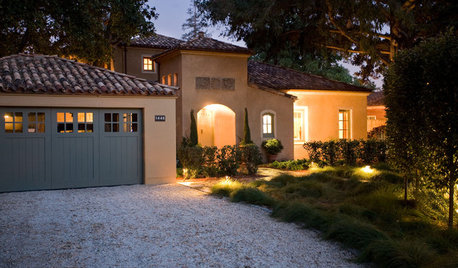
REMODELING GUIDESGravel Driveways: Crunching the Pros and Cons
If you want to play rough with your driveway, put away the pavers and choose the rocky road
Full Story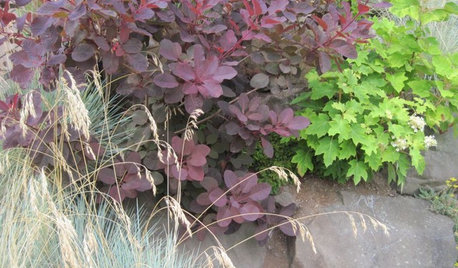
PURPLE FOLIAGE5 Purple-Leaf Majesties of Shrubs
Looking for beautiful depth and dynamism in your landscape? Just add purple
Full Story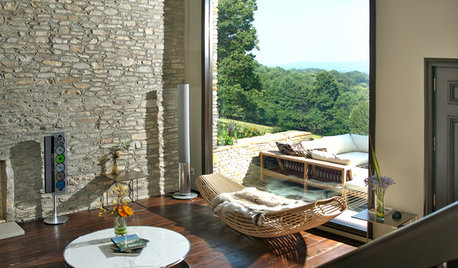
REMODELING GUIDESYour Floors: Zebra, Tiger, and Teak Wood, Oh, My!
Get the Pros and Cons of Exotic Woods: Hickory, Cherry, Rosewood and More
Full Story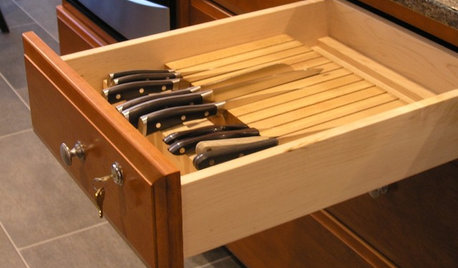
REMODELING GUIDESFrom the Pros: 8 Reasons Kitchen Renovations Go Over Budget
We asked kitchen designers to tell us the most common budget-busters they see
Full Story
REMODELING GUIDESYour Floor: An Introduction to Solid-Plank Wood Floors
Get the Pros and Cons of Oak, Ash, Pine, Maple and Solid Bamboo
Full Story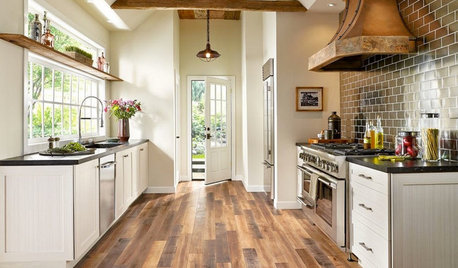
MOST POPULARPros and Cons of 5 Popular Kitchen Flooring Materials
Which kitchen flooring is right for you? An expert gives us the rundown
Full Story
PAINTINGWhat to Know About Milk Paint and Chalk Paint — and How to Use Them
Learn the pros, cons, cost and more for these two easy-to-use paints that are great for giving furniture a vintage look
Full Story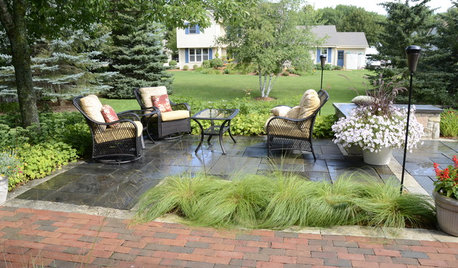
LANDSCAPE DESIGN5 Reasons to Consider a Landscape Design-Build Firm for Your Project
Hiring one company to do both design and construction can simplify the process. Here are pros and cons for deciding if it's right for you
Full Story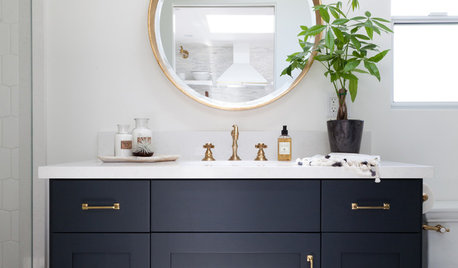
BATHROOM DESIGNA Crash Course in Bathroom Faucet Finishes
Learn the pros and cons of 9 popular faucet finishes
Full Story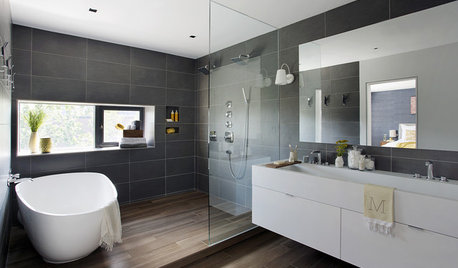
SHOWERSYour Guide to Shower Floor Materials
Discover the pros and cons of marble, travertine, porcelain and more
Full StorySponsored
Columbus Area's Luxury Design Build Firm | 17x Best of Houzz Winner!
More Discussions









christie_sw_mo